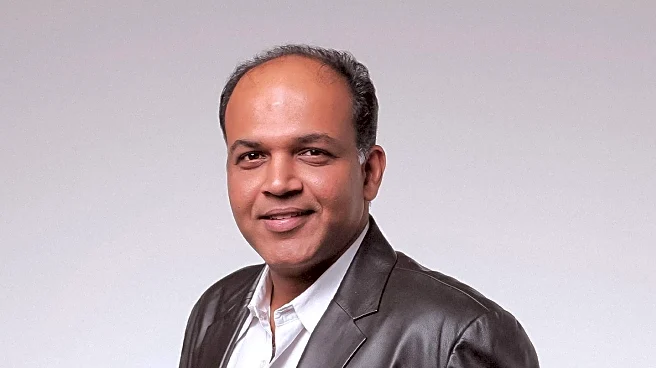What's Happening?
Nirmala Subramanian, a 55-year-old woman, experienced a severe spinal cord injury following a car accident, which left her with significant physical impairments, including loss of mobility and control
over bodily functions. After limited progress with conventional treatments, she turned to a Yoga therapy center, Arogyadhama, in Bengaluru. Over two months, she participated in a comprehensive program that integrated Yoga with other therapeutic disciplines such as Naturopathy, Acupuncture, and Physiotherapy. This holistic approach led to remarkable improvements in her condition, allowing her to regain independence and reduce medication.
Why It's Important?
This case highlights the potential of integrated Yoga therapy as a complementary treatment for severe physical injuries. By addressing multiple aspects of health—physical, mental, and spiritual—Yoga therapy can enhance recovery outcomes and improve quality of life for patients with complex medical conditions. The success of Subramanian's treatment underscores the importance of personalized, holistic healthcare approaches, which could influence future medical practices and patient care strategies in the U.S. and beyond.
What's Next?
The positive outcomes from Subramanian's treatment may encourage further research and integration of Yoga therapy into mainstream medical practices, particularly for rehabilitation and chronic condition management. Healthcare providers might consider adopting similar holistic approaches to enhance patient recovery and well-being.
Beyond the Headlines
The integration of Yoga therapy into conventional medicine raises questions about the accessibility and standardization of such treatments. As interest grows, there may be a need for regulatory frameworks to ensure quality and efficacy in Yoga-based therapies.












